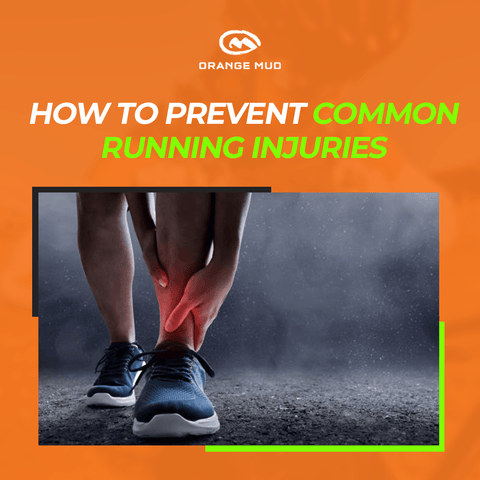With everything it takes to keep up with a workout and exercise routine, running is a great way to get in shape and stay active in the midst of your work and busy schedule.
If you’re a regular runner, chances are you have already experienced an injury. According to Yale Medicine, 50% of regular runners get injured every year. The most common running injuries typically arise in the lower extremities such as the knees and lower leg, says Dr. Alysia Robichau of Houston Methodist, and both beginners and experienced runners are affected.
Some of the most common running injuries include:
- Runner’s knee - a very common overuse injury which is a dull pain in front of the knee or around the kneecap caused by too much or too frequent strain without the knee being able to adapt to it fast enough.
- Hamstring injuries - often caused by repetitive small tears in the hamstring when you have tired or weak hamstrings.
- Stress fractures - an impact-related running injury in the upper foot bones, heels, or lower leg bones. If it remains unattended, it can worsen over time.
- Ankle strain - the overstretching of tendons and ligaments in the ankle caused by accidental twists or rolls while running.
- Achilles tendinitis - a pain in the lower leg when the Achilles tendon becomes inflamed and sore.
Knowing about some of the most common running injuries and how to prevent them will help you keep your fitness goals on track. These injuries are not inevitable in running and with proper care and precaution, you can prevent them.
So, what can you do to prevent running injuries?
-
Create a plan and progress slowly
A general rule of thumb for any running-related goal avoid overtaxing your body and muscles because any physical activity that advances too quickly will surely lead to injuries. Overtraining is the common root cause of running injuries.
-
Work to improve your running form
Having the proper running form massively reduces your risk of injuries. It helps your body to absorb the impacts of running correctly so be sure to start training and running with good form and posture.
-
Don’t forget to stretch
Stretching before and after any physical activity is important, especially in running. Stretching helps the muscles to be long and flexible to ease your movements while running. Tight muscles are harder to move properly.\
-
Wear quality running shoes and hydration pack
For any sport or activity, having the right gear ultimately improves your performance. Running shoes are designed to facilitate the natural movement of your foot while running, decreasing your risk of injury. Proper hydration during your runs is also important to keep your body replenished.
-
Give your body the time to recover
Proper recovery is as important as proper training. Give your muscles and body time to rest and recover every time you run by eating healthy and staying hydrated.
Running injuries vary extensively. Understanding the nature of injuries and how to prevent them will surely help you to become a running expert in no time.

